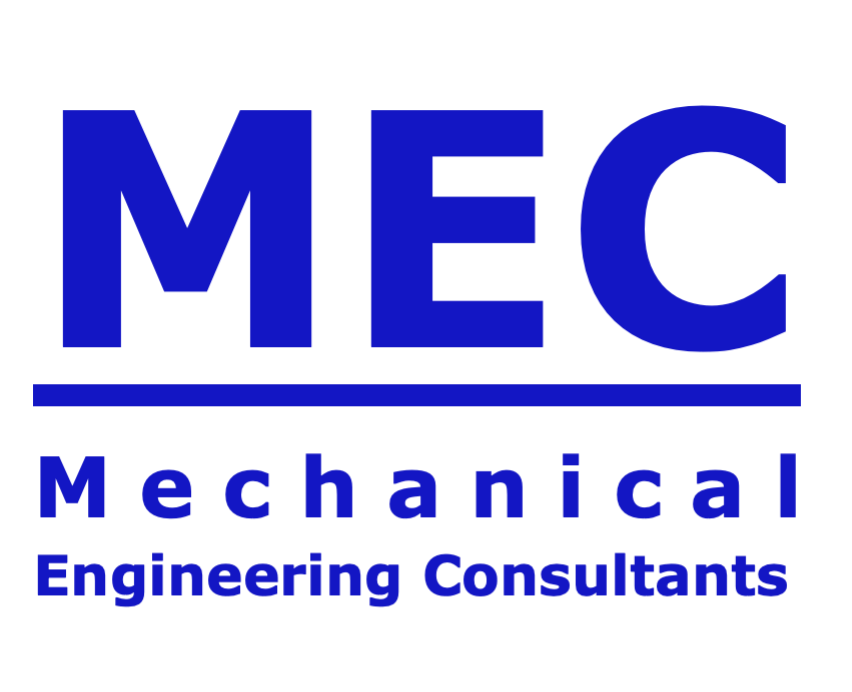Case Study
Dassault Falcon 7X – Secondary Power Distribution System (SPDS)
The director was engaged to recover the Dassault Falcon 7X SPDS programme after vibration failures during certification testing. By applying advanced model updating techniques, the unit was strengthened and achieved compliance with RTCA/DO-160D vibration standards.
The Challenge
The lightweight SPDS design advanced too far through the lifecycle without early validation, leaving the programme exposed when qualification began.
No concept de-risking or sub-assembly trials were performed.
No FEA modelling was carried out to predict weaknesses.
During qualification, the assembly failed within minutes of vibration testing: bolts and fixings detached and the structure could not withstand the applied loads.
This stalled the programme and put certification at risk.
Our Engineering Approach
The director supported the vibration testing and, after the failures, applied model updating methods first developed during his PhD research in structural dynamics.
The finite element model was calibrated against the actual vibration test results.
Once aligned, the updated model revealed critical weaknesses.
Targeted strengthening was designed and introduced, improving vibration robustness without unnecessary weight or cost.
This approach followed our iterative process: Investigate → Test & Measure → Analyse → Design → Support.
The Solution
With the targeted improvements implemented, the SPDS successfully passed full vibration shaker testing to RTCA/DO-160D standards, enabling certification to proceed with confidence.
Results & Outcomes
Achieved compliance with RTCA/DO-160D vibration requirements.
Restored confidence in the lightweight SPDS design.
Demonstrated the value of model updating to align analysis with real behaviour.
Embedded lessons that remain core to our consultancy process today.
Lessons Learned
The design phase ran too far without de-risking new lightweight concepts. No early proof was obtained that the reduced-mass structure was fault-free, and no confidence was secured before qualification.
Lightweight structures demand early de-risk testing to secure confidence.
Model updating is essential to bring FEA predictions in line with measured behaviour.
Reducing weight increases flexibility and fatigue risk, which must be managed proactively.
Related Services
Related Case Studies
About the Director
Led by a Chartered Mechanical Engineer (MBA CEng MIMechE, MIoA) with 29 years’ experience in vibration, dynamics and acoustics, delivering projects internationally across aerospace, defence, automotive, energy and recycling.
Have a Similar Challenge?
We measure, analyse and design practical solutions that achieve compliance and improve reliability (MTBF). Share your brief and we’ll respond quickly.
